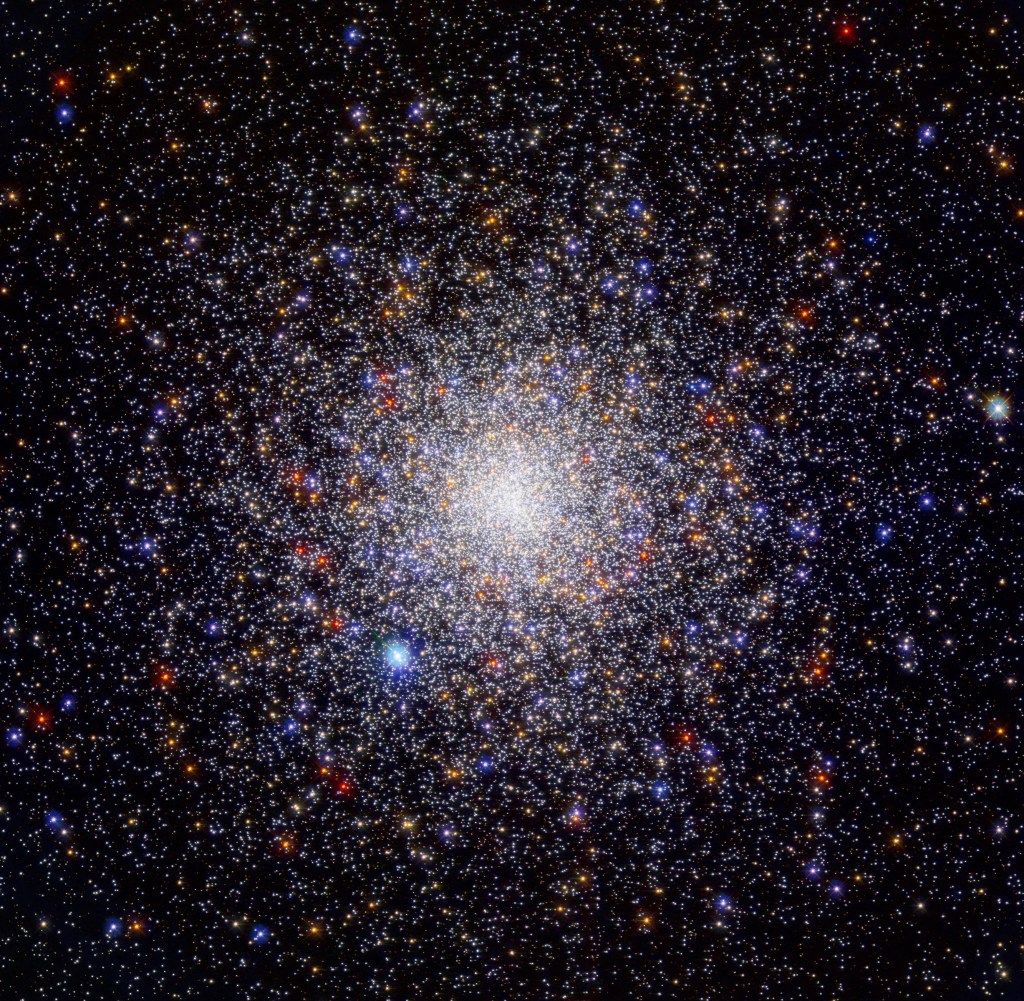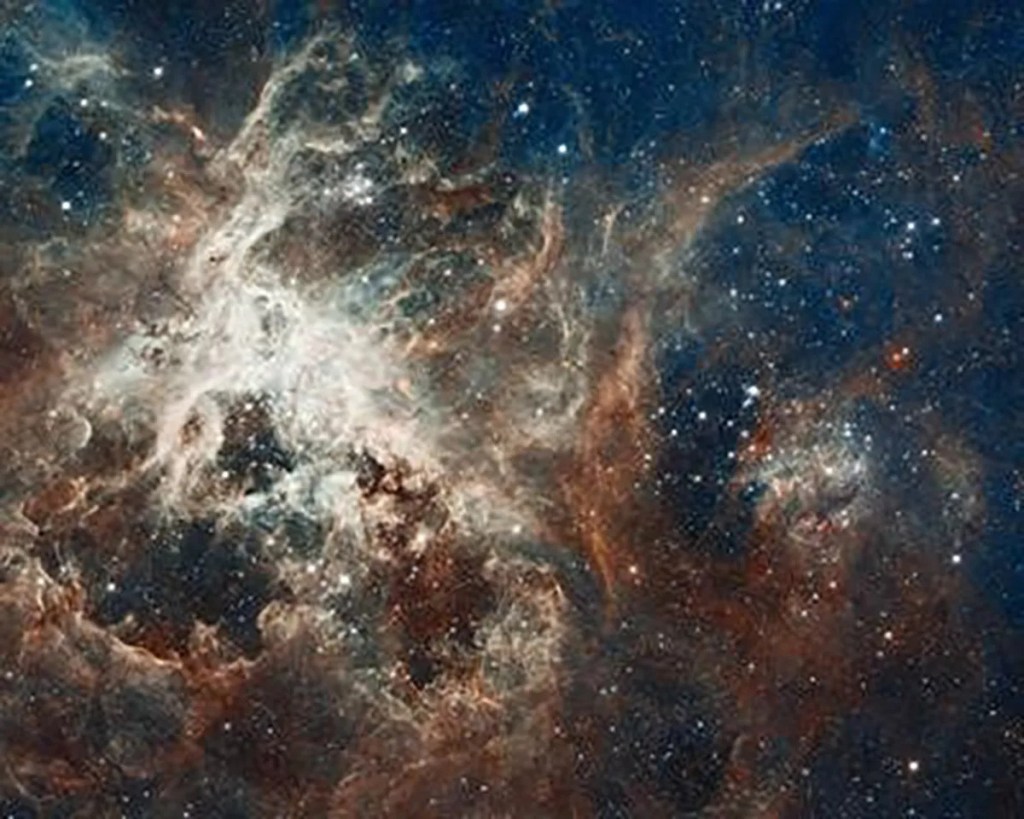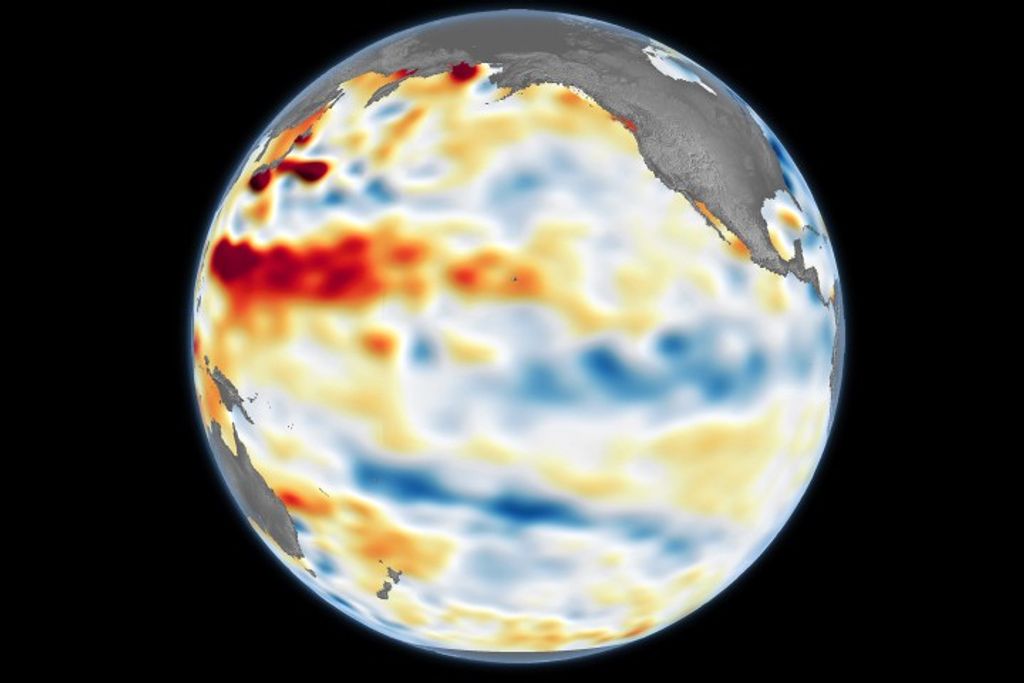Hubble's Night Sky Challenge
January
These night-sky objects are visible in January. We invite you to find them and compare your view to Hubble's!
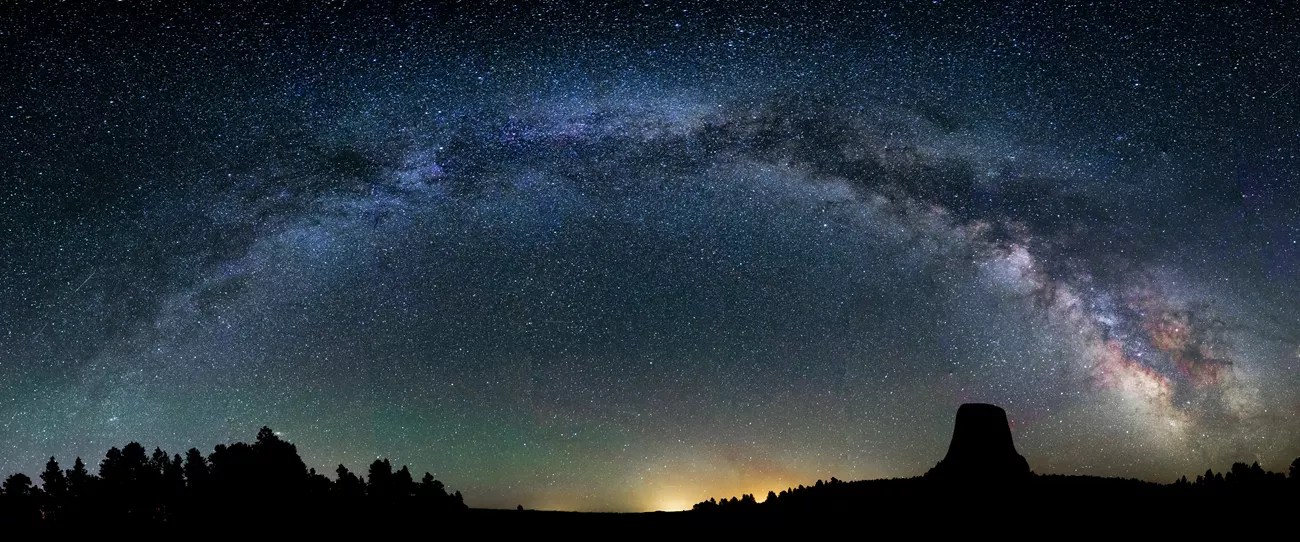
The Milky Way above Devil's Tower National Monument.
NPS / Damon Joyce
Hubble's Night Sky Challenge is a year-round observing adventure for amateur astronomers to commemorate 35 years of Hubble science and discoveries. This challenge can also serve as a guide for star parties. Below, you’ll find a list of Messier and Caldwell night sky targets visible during January that Hubble has imaged over the years for both Northern and Southern Hemisphere observers.
Helpful Tips
- Some objects may be visible from most locations on Earth, while others are only visible at specific latitudes and may not be accessible for those in other parts of the world. This page has two lists of recommended targets: one for the Northern Hemisphere and another for the Southern Hemisphere. For best results, we recommend using the list that corresponds to the part of the world you live in.
- If the name of the object starts with an "M," it's part of the Messier catalog; names that start with "C" are part of the Caldwell catalog.
- A difficulty scale of 1-3 denotes how easy an object is to find: 1 is the easiest and 3 the hardest. The easiest targets for each hemisphere are listed first, and the most difficult ones are listed last.
Northern Hemisphere Objects
These night sky objects are visible to viewers in the Northern Hemisphere.
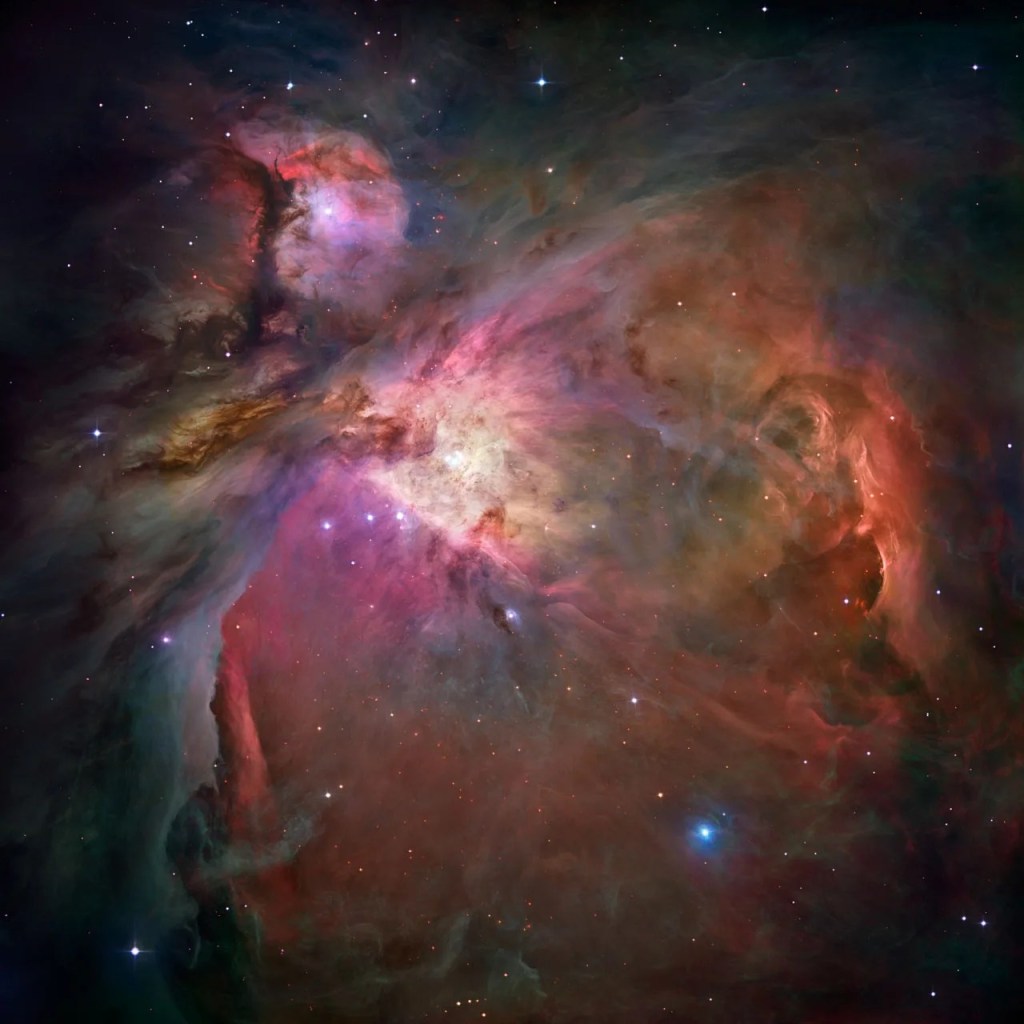
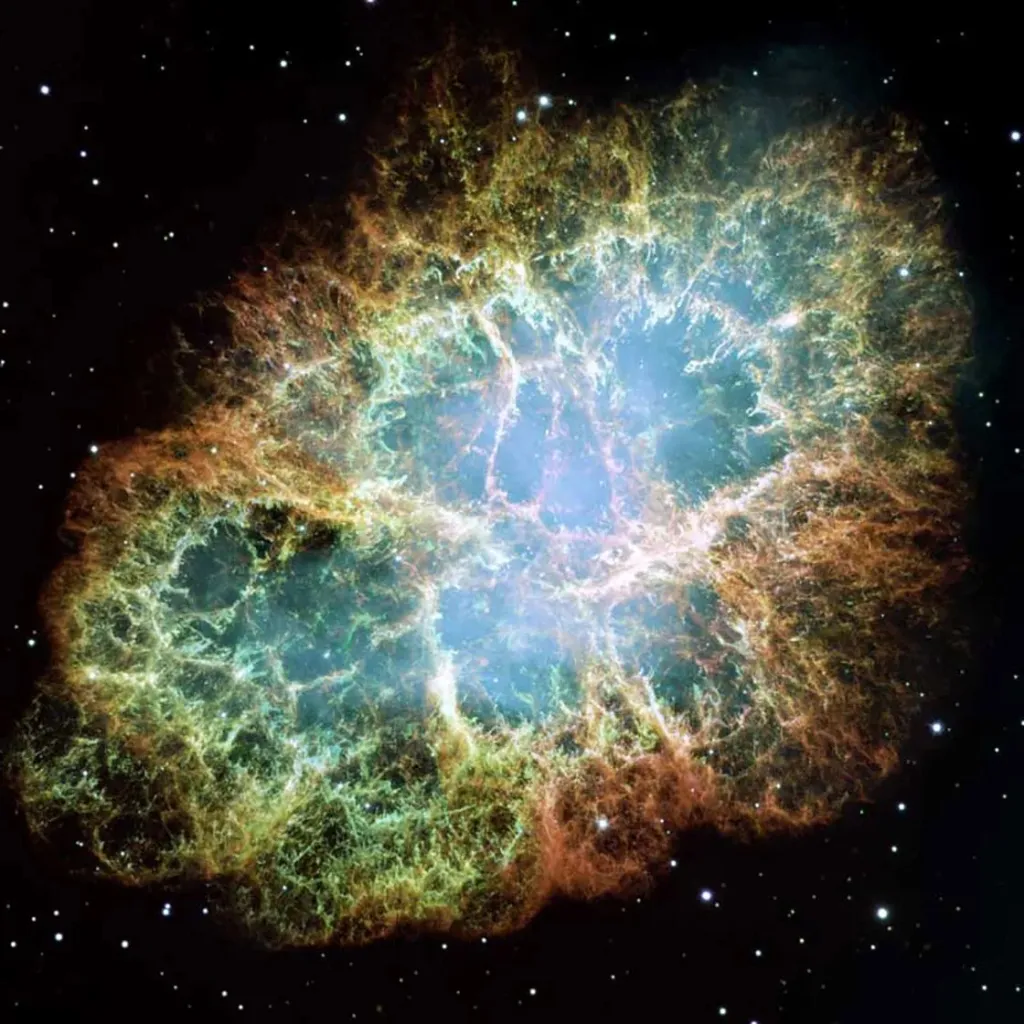
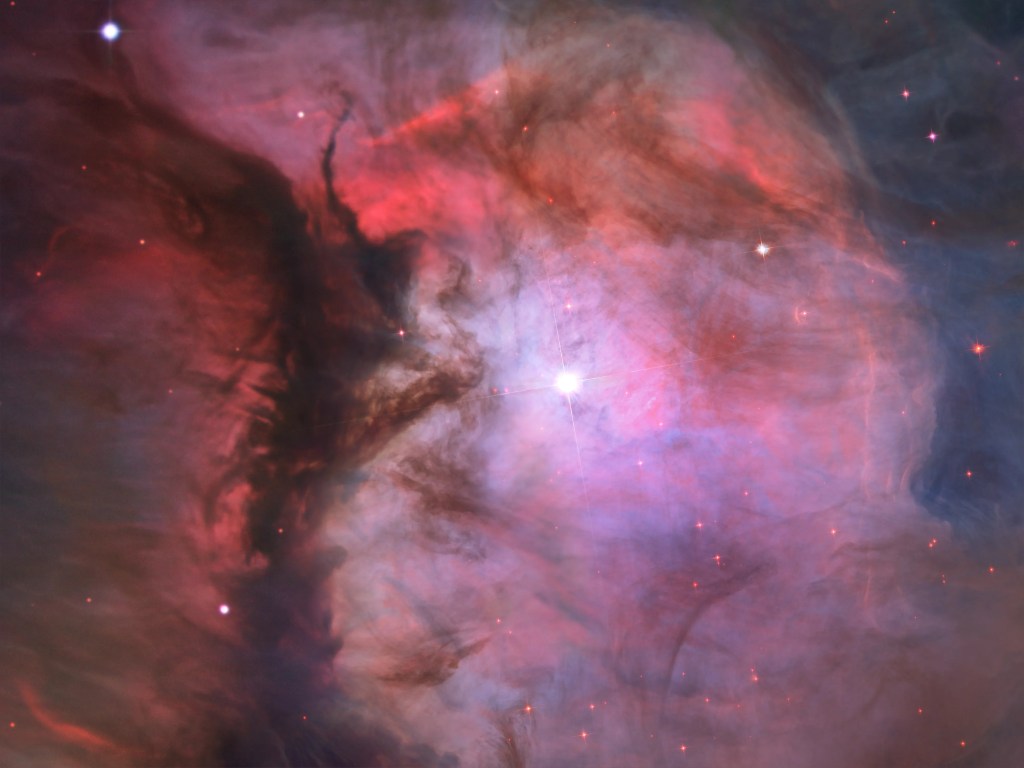
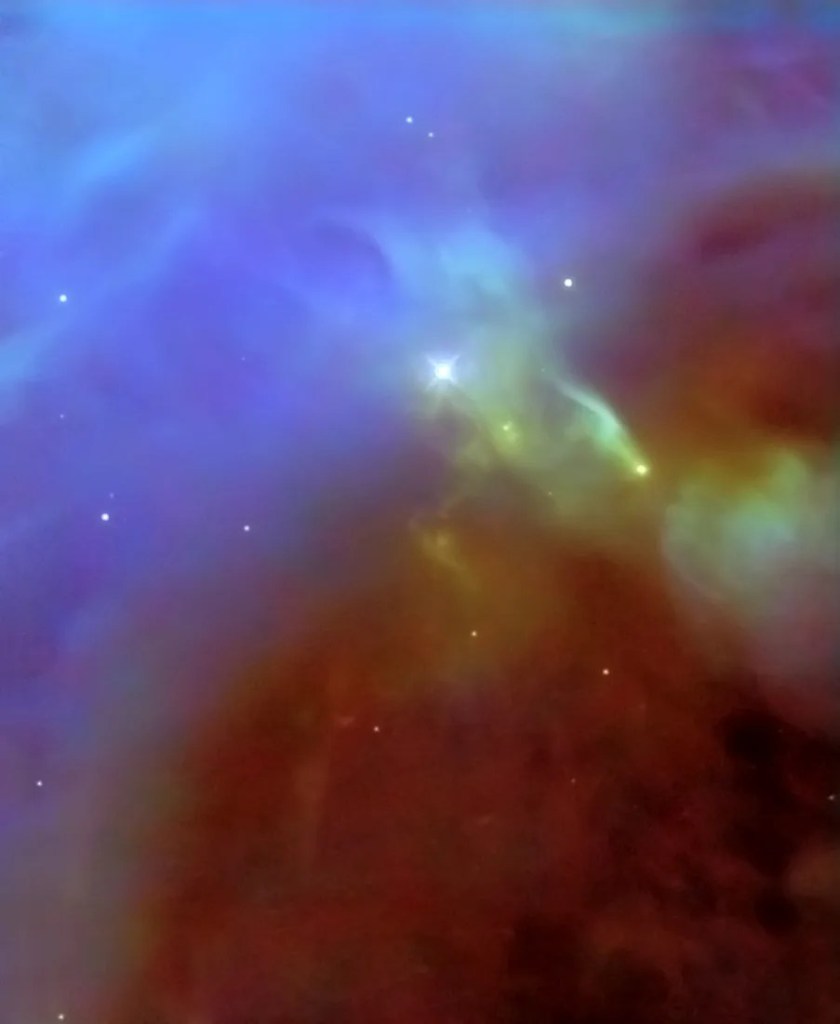
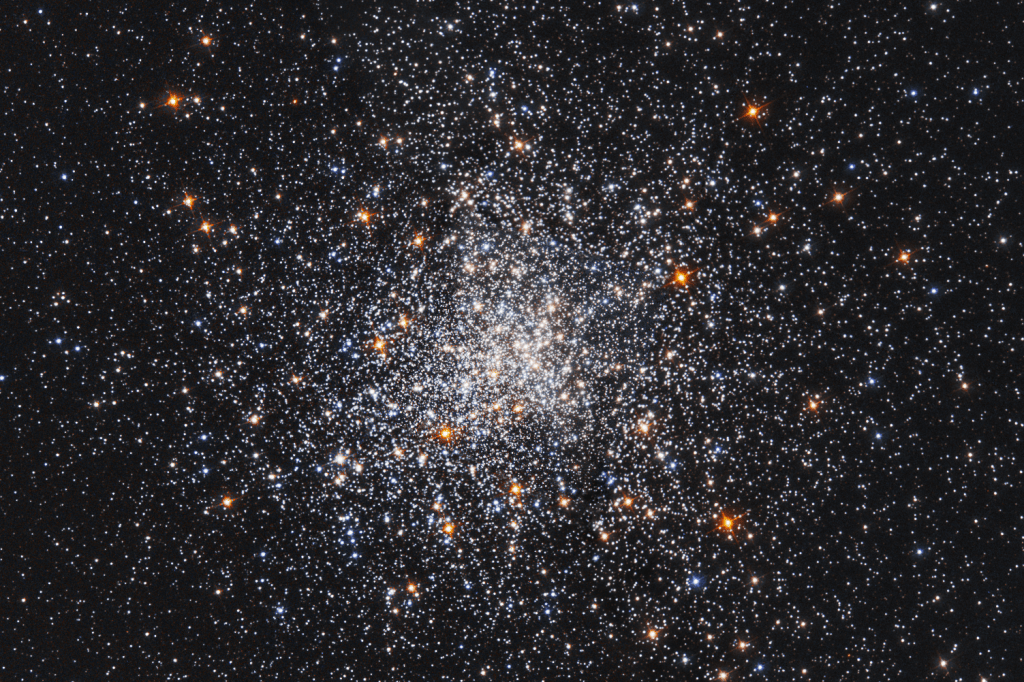
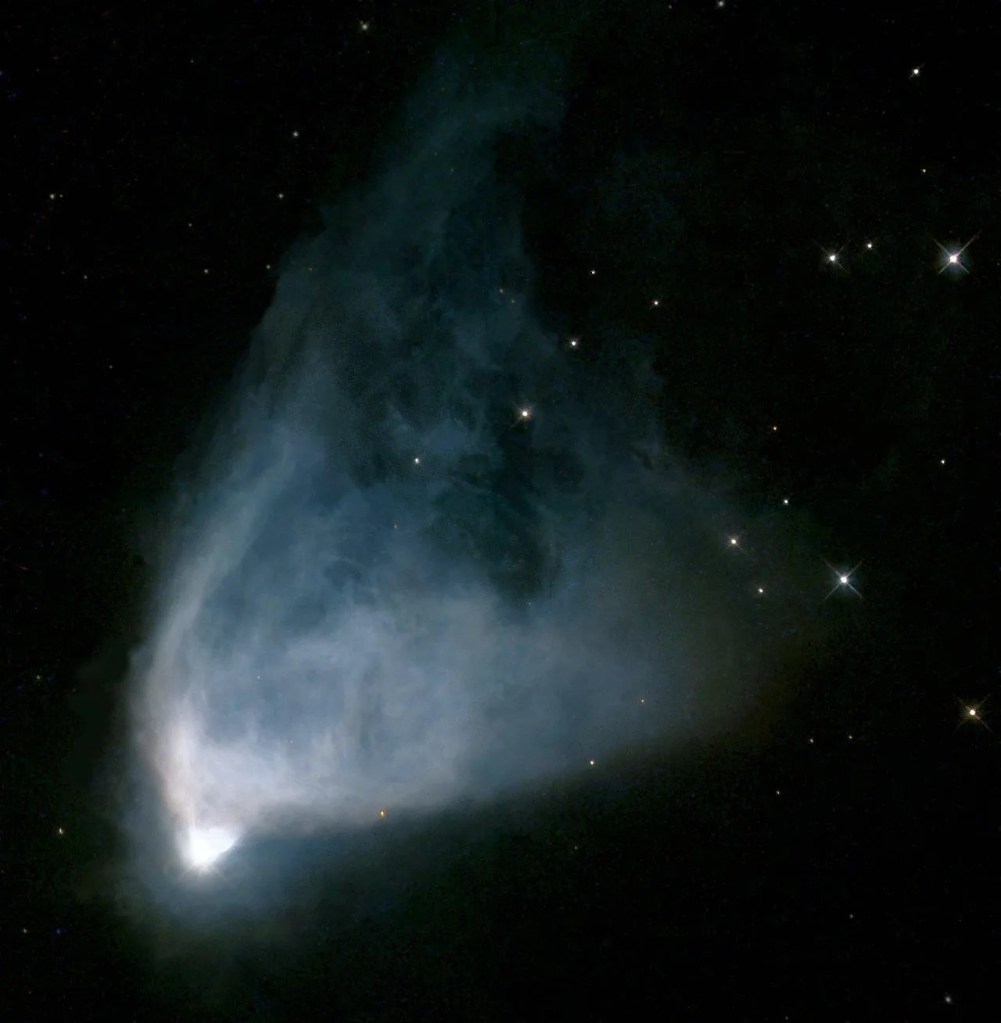
Southern Hemisphere Objects
These night sky objects are visible to viewers in the Southern Hemisphere.





